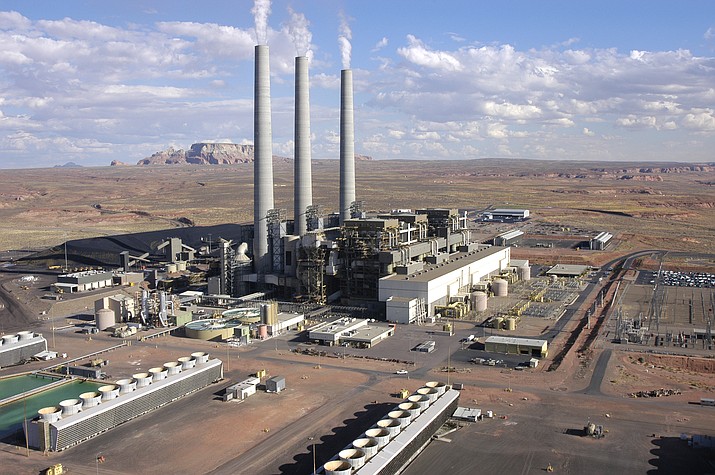 The Obama EPA’s proposed “Clean Power Plan” was that administration’s big effort to regulate carbon pollution under the federal Clean Air Act. But now the Trump administration is set to propose an alternative approach this week that is likely to lead to more pollution and ironically less flexibility for the business community (similar to how the auto industry got an unwelcome full-scale rollback of clean car standards with potentially years of litigation and uncertainty to come).
The Obama EPA’s proposed “Clean Power Plan” was that administration’s big effort to regulate carbon pollution under the federal Clean Air Act. But now the Trump administration is set to propose an alternative approach this week that is likely to lead to more pollution and ironically less flexibility for the business community (similar to how the auto industry got an unwelcome full-scale rollback of clean car standards with potentially years of litigation and uncertainty to come).
The Obama Clean Power Plan was a response to the U.S. Supreme Court case Massachusetts v. EPA (2007), in which the court ordered EPA to treat greenhouse gases as a traditional air pollutant under the statute. So when it came to implementing the order for the U.S. power sector, EPA’s Clean Power Plan was an effort to limit carbon emissions from power plants, particularly dirty coal-fired ones.
EPA’s approach was to regulate the whole system of power within a state, not just the plants themselves. This approach allowed states to come up with their own plans to meet federal targets set by EPA. The key was that these plans could regulate “beyond the fence line” of fossil fueled-power plants, to provide more flexibility to meet these targets. States could use a mix of energy efficiency, renewables, carbon trading, and energy storage to reduce the overall carbon footprint of the power sector as a whole.
The alternative “inside the fence line” approach would have required massive and expensive on-site upgrades to coal-fired power plants to reduce their carbon emissions, most likely through unproven and costly carbon capture and storage approaches, in which the carbon would be captured from the smokestack and pumped underground. Costs would have been passed on to ratepayers.
The upside of the “beyond the fence line” approach was that utilities and states would have significant flexibility to meet these EPA carbon targets in the most cost-effective, technologically proven way. The downside was the legal vulnerability it created, by calling into question just how far EPA’s reach could go in regulating the power sector.
Needless to say, coal industry leaders feared the negative impacts this plan would have on their power plants. And in Trump they’ve found a receptive audience.
According to the New York Times, the Trump EPA will reportedly release a new plan this week that will task states with coming up with their own plans and targets — even deciding not to set carbon targets at all. Furthermore, all of the regulatory action must happen “inside the fence line.”
The result of this weak approach will likely be a new lease on life for many coal plants in the U.S., and ironically much less flexibility for utilities and grid operators to meet any stringent targets set by states that truly want to reduce carbon from the power sector.
As with any Trump regulatory action, the new regulation will be litigated, and so far the Trump administration has been on an epic losing streak in the courts. And the continuing price declines of renewable energy and natural gas has generally made coal non-competitive going forward anyway.
This new move is yet another attempt by Trump’s team to rescue a dirty and dying industry through regulatory favoritism. Meanwhile, the litigation that will result may not be finalized by the time of the next presidential election, giving some hope for a political resolution and better result in the meantime.


